What is a Column?
Columns are rigid vertical structural components meant to support axial compressive loads from beams and slabs and then transfer them to the ground via footings. The various loads created in a structure are carried by column to footings and footings to the soil. As a result, the column is critical to the overall load transfer mechanism, and the structure would be incomplete without it.
However, not every vertical member must be a column. A column is defined as a member with a length greater than three times its smallest cross-sectional size. If this criterion is not met, the vertical part is referred to as a strut.
The strength of a column is determined by the material employed, its geometry, form, cross-section size, and its length and position about the support condition at both ends.
Importance of Column Construction:
- Because columns bear axial loads, they are intended to withstand compression stresses.
- Other loads, such as snow, wind, or other horizontal forces, might induce bending in the structure. Thus provisions are included to prevent the collapse or settlement of structural columns.
- The column is often constructed to equally distribute compressive axial load and other forces such as snow and wind to the foundation, allowing the building to withstand earthquakes and other pressures.
- We will create a tiny structure of random rubble masonry to a particular height. Still, we will not construct a multi-story building out of random rubble masonry since the structure must be capable of transmitting heavyweight to the foundation’s base.
Types of Columns:
In the construction sector, various types of columns are utilized, and they can be classed based on the following criteria:
A. Types of Columns Based on Cross Section:
1. Circular Columns:

Fig 1: Circular Column
Courtesy: theconstructor.org
Circular Column: For aesthetic reasons, circular columns are commonly employed in piling and construction elevation. A circular column has a better bending resistance than a square or rectangular column because it has more than four longitudinal steel bars as a reinforcement bar.
2. Square or Rectangular Column:
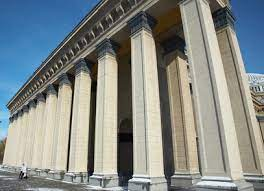
Fig 2 Square Column
Courtesy: homesteady.com
They’re commonly employed in the construction of structures. Because of the ease of shuttering and supporting it from collapsing owing to pressure while the concrete is still in flowable condition, rectangular or square columns are easier to design and cast than circular ones. The types that are square or rectangular are superior and less expensive.
3. L and T shaped Column:
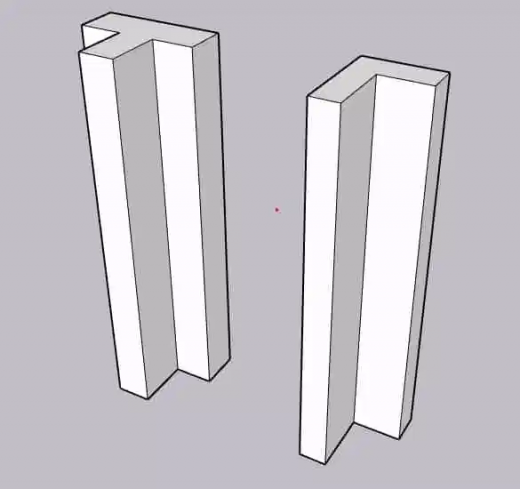
Fig 3: L and T Shaped Column
Courtesy: Civiconcept.com
The L-shaped column, which is comparable to a rectangular or square column, is typically used in the corners of the boundary wall. The T-shaped column is used to meet the structural design criteria. It’s commonly utilized in bridge construction.
4. Y-Shape Column:
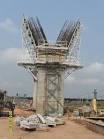
Fig 4: Y-Shaped Column
Courtesy: Civiconcept.com
In most cases, these sorts of columns are employed in constructing bridges. The bridge was built to support both the structure’s dead weight and the live load of vehicle motion, and the load was subsequently transferred to the column.
B. Types of Columns Based on Loading:
5. Axially Loaded Column:
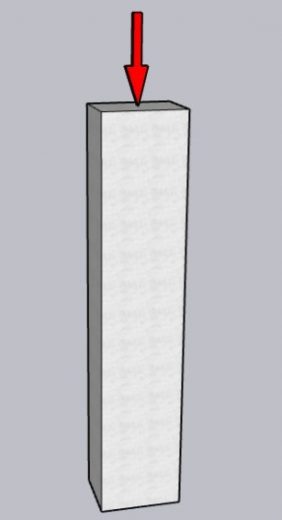
Fig 5: Axially Loaded Column
Courtesy: Civiconcept.com
An axially loaded column has vertical axial loads acting on the center of gravity of the cross-section of the column. Because it is impractical to align vertical loads on the center of gravity of the column cross-section, axially loaded columns are uncommon in construction. This column can be seen inside multi-story buildings with symmetrical loads from floor slabs on all sides.
6. Uniaxial Eccentrically Loaded Column:
The axis of vertical loads in a uniaxial eccentrically loaded column does not cross with the center of gravity. Still, it acts eccentrically on the X or Y axis of the cross-section. This loading method is used in the case of edge columns, which are rigidly connected to the beam from only one side.
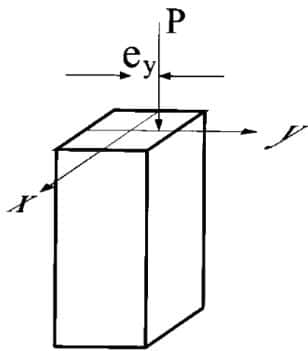
Fig 6: Uniaxial Eccentrically Loaded Column
Courtesy: theconstructor.org
7. Biaxial Eccentrically Loaded Column:
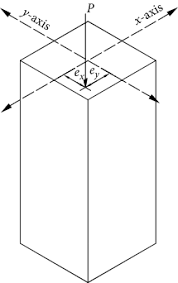
Fig 7: Biaxial Eccentrically Loaded Column
Courtesy: hindwai.com
The column is called biaxial eccentric loaded when the vertical on the column does not coincide with the center of gravity of the column cross-section and does not act on either axis (X and Y-axis). Corner columns with beams firmly joined at right angles at the top of columns are common examples of biaxial loaded columns.
C. Types of Columns Based on Types of Reinforcement:
8. Tied Column:
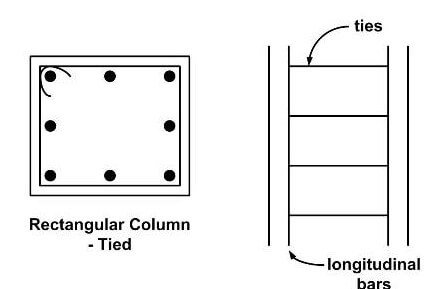
Fig 8: Tied Column
Courtesy: civiljungle.com
This kind of column is usually made of reinforced concrete. Longitudinal reinforcement is contained within tie reinforcement that is tightly spaced. It is estimated that 95% of all construction columns are tethered.
9. Composite Column:
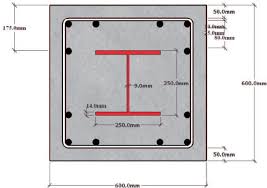
Fig 9: Composite Column
Courtesy: researchgate.net
These columns are made of concrete-encased structural steel or cast iron columns strengthened longitudinally and spirally. For steel corrosion, composite columns are commonly utilized in truss structures. This column has adequate strength, a relatively small cross-section, and good fire resistance.
10. Spiral Column:
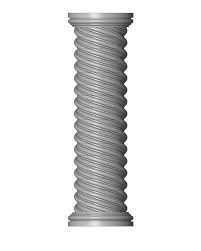
Fig 10: Spiral Column
Courtesy: forrums.autodesk.com
The major longitudinal reinforcement is held in spiral columns by spirals. Spiral is a type of spring reinforcement. Spirals replace ties, and the primary bars are arranged in a circle. When great strength and flexibility are required, spiral columns are used. As a result of the spiral, the column bars do not extend laterally under high axial loads. Spirals replace ties, and the primary bars are arranged in a circle. In seismic areas, spiral columns are employed more frequently.
D. Types of Columns Based on Slenderness Ratio:
11. Short Column:
The column is known as a short column if the effective length of the column to the least lateral dimension is less than 12. The failure of a short column is due to crushing (pure compression failure).
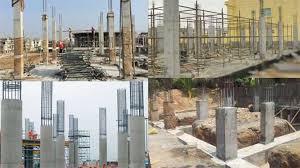
Fig 11: Long and Short Column
Courtesy: forums.autodesk.com
12. Long Column:
A long column is defined as one in which the effective length of the column exceeds the least lateral dimension by a factor of 12. Bending or buckling is how a long column fails.
D. Types of Columns Based on Construction Materials:
13. Reinforced Concrete Column:
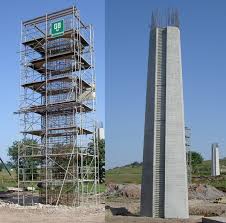
Fig 12: Reinforced Concrete Column
Courtesy: forums.autodesk.com
Reinforced concrete columns are the most common type of framed structural column. As a matrix, this sort of column is made of concrete. The steel structure is concrete-encased. The concrete carries the compressive load, while the reinforcing resists the tensile load. Steel, polymers, or alternative composite materials can be used as reinforcing materials. Thermal compatibility, high resistance to tensile stress, good bond to concrete, anti-corrosive, and other features are required for a robust, malleable, and long-lasting structure.
14. Timber Column:
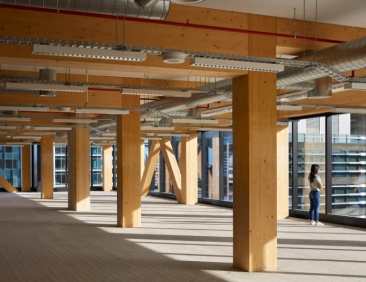
Fig 13: Timber Column
Courtesy: welforum.org
Timber columns, sometimes known as wooden columns, were prominent in the previous century. Timber is commonly seen in older structures because it was the only building material accessible. If properly treated, the timer is a strong and durable construction material that extracts moisture from the wood, improving strength and reducing weight.
15. Steel Column:
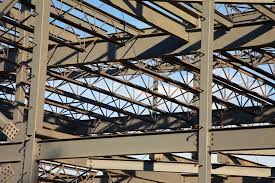
Fig 14: Steel Column
Courtesy: engineeringclicks.com
A steel column is a type of column that is built of steel. In the area of steel structure construction, there are huge trends. The steel construction is more adaptable, sturdy, and long-lasting than the concrete structure. Steel columns come in various shapes and sizes, with the T section steel column being the most popular in steel constructions.
16. Block Column:
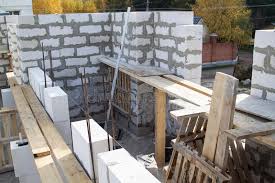
Fig 15: Block Column
Courtesy: dreamstime.com
Block columns are composed of AAC or cement concrete blocks and lower structural weight than concrete columns.
17. Brick Column:
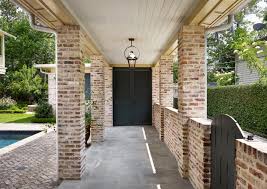
Fig 16: Brick Column
Courtesy: howtobuildahouse.com
Columns made of brick masonry are commonly used in load-bearing constructions. It is critical in supporting and strengthening the masonry structure’s stability. Adding brick masonry columns to a concrete column can improve its aesthetic look. The cross-section of a brick masonry column might be round, rectangle, square, or elliptical.
18. Stone Column:
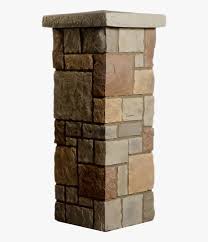
Fig 17: Stone Column
Courtesy: pngitem.com
The stone column refers to columns constructed from stones and rubble. The majority of them are employed to improve the house’s aesthetic aspect.
Conclusion:
As a result, columns are critical structural components. The breakdown of a beam or a slab will not be immediate, giving you time to evacuate or repair the structure, while the failure of a column may result in the building’s sudden collapse. As a result, the building of a column must be thorough.
References:
1. Types of Columns in Building Construction (17 Different Types). (2021, February 24). Constructionor.Com; constructionor.com. https://constructionor.com/types-of-columns/
2. Different Types of Columns Used In construction All at one place. (2017, June 11). CIVIL READ; civilread.com. https://civilread.com/different-types-columns/
3. What is Column? 19 Types of Columns – Civil Engineering. (n.d.). What Is Column? 19 Types of Columns – Civil Engineering; civiltoday.com. Retrieved April 6, 2022, from https://civiltoday.com/construction/building/384-what-is-column-types-of-columns
4. Bhople, A. (2021, July 22). What Are Columns | 17 Types of Columns | Different Types of RCC Columns | Round Column Vs Square Column | Pillar Vs Column. CivilJungle; civiljungle.com. https://civiljungle.com/types-of-rcc-columns/
5. 14 Types of Columns in building Construction – The Constructor. (2018, September 18). The Constructor; theconstructor.org. https://theconstructor.org/tips/types-columns-building-construction/24764/
6. Mahajan, B. (2020, August 11). 17 Types Of Columns Used In Construction | What Are Buildings Columns | Types Column | Column In Construction | Types Of Columns In Civil Engineering. Civiconcepts; civiconcepts.com. https://civiconcepts.com/blog/types-of-column
7. Prasad. (2020, October 19). Types of Columns in Construction – Structural Guide. Structural Guide; www.structuralguide.com. https://www.structuralguide.com/types-of-columns/
If you have a query, you can ask a question here.


